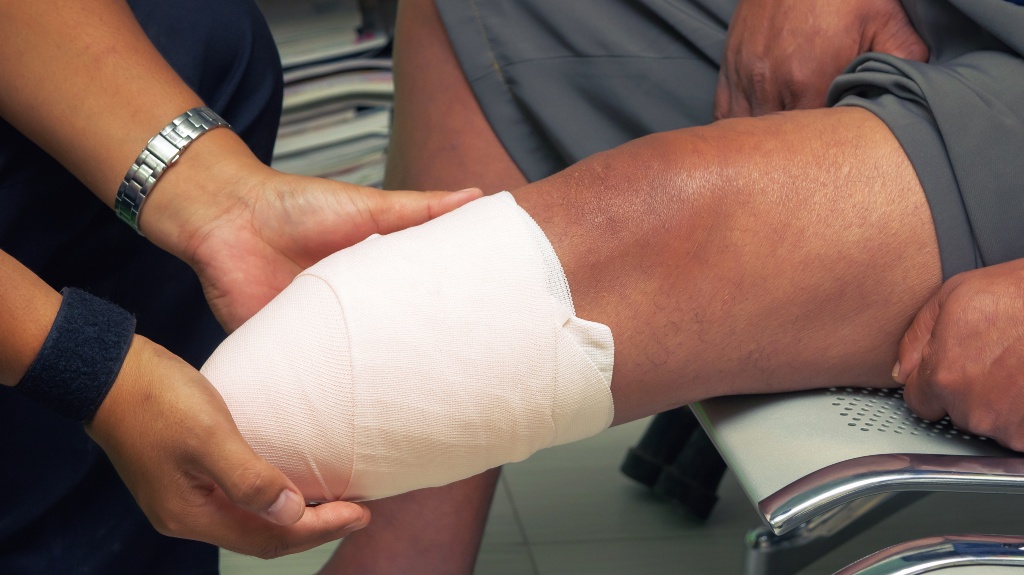
Amputation is a serious medical concern. Not only can it be traumatic, but it can have long-lasting effects on your life and livelihood. Is there any financial support you can get from programs like Social Security Disability Insurance? Do you qualify for SSDI with an amputation? Of course, there are lots of different types of amputations all of which can have a lasting impact. We’ll explore which amputations qualify you for SSDI and other things you may want to consider when contemplating an SSDI application.
Amputations That Qualify You for SSDI
If you have ever dealt with Social Security Administration qualifications for anything, you know that they often utilize a strict set of lists that try to create a strict measure of qualifications. This listing appears in what’s known as the Social Security Administration’s (SSA) Blue Book. Not only does it outline how amputations impact your qualification but also includes hundreds of disabilities and metrics for qualifications.

Let’s take a look at the amputations that qualify for SSDI benefits as outlined in the SSA Blue Book.
- Amputation of both hands
- One hand and one lower extremity at or above the ankle that results in the inability to walk effectively
- Amputation of one or both lower extremities below the ankle WITH complications that prevent the use of a prosthetic
- A pelvic amputation that results in the loss of all three joints (hip, knee, and ankle)
Are These the Only Qualifications for Amputation?
Those amputation listings above are on the extreme side of amputations. If you do not fall into one of those categories, you may be wondering if that means that you will not qualify for SSDI. The truth is far more complicated.
Despite the SSA’s best efforts at classifying the full range of human disabilities that could prevent someone from obtaining meaningful work, including amputation, there is just no way to definitively contain all of this in one book or resource.
The way we like to think of the Blue Book is as a baseline listing. Think of it this way. If you have an amputation and are otherwise completely healthy with no other conditions or complications, then the Blue Book can be taken at face value. It’s when other issues or complications arise in conjunction with your amputation, even if they are not related that other considerations have to be made.
Read More: What Other Benefits Come With SSDI?
Getting SDDI for Amputations Along With Other Symptoms
As an example, if you have cancer, diabetes, or a congenital disorder that led to your amputation, then you may qualify under other means. The Social Security Administration has to take into account your total impairment and all your symptoms in order to effectively decide if you are able to provide substantial gainful activity.
If you are in this latter camp, then you are likely to be denied the first time that you apply for benefits. This is not something that should discourage you. Instead, you should keep pursuing your disability claim. Often it’s the final stage of the appeal process, where your case is heard in front of a judge, that you get approved for the benefits that you deserve, and often getting a lawyer involved will make the difference.
Top 5 Reasons for Denied SSDI Claims
Get Legal Help With Your SDSDI Amputation Claim
When you need help with your amputation claim for SSDI or even SSI, you can count on Tabak Law to help. We take no fee unless we win your benefits, and even then, our fee is paid directly by the Social Security Administration out of your back pay benefits. That means no ongoing cost to you even if you win. You can reach out to us for a free case review today.
Nothing posted on this website is intended, nor should be construed, as legal advice. Blog postings and site content are available for general education purposes only.
